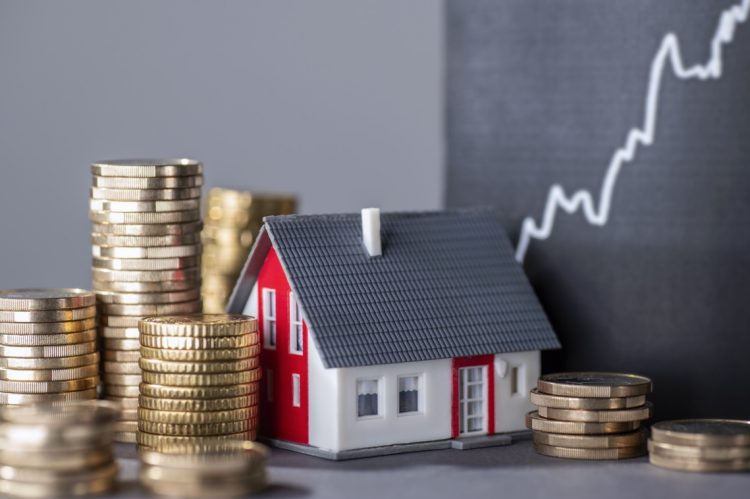In CoreLogic’s latest Homeowner Equity Report for the first quarter of 2024 released June 6, U.S. homeowners with mortgages (which account for roughly 62% of all properties) saw home equity increase by 9.6% year-over-year, representing a collective gain of $1.5 trillion and an average increase of $28,000 per borrower since the first quarter of 2023. This brought total net homeowner equity to more than $17 trillion at the end of Q1 2024.
The report underscores the resilience of both home prices and the economy across a turbulent four years, as hot inflation, spiraling interest rates and a shaky pandemic recovery have so far had little effect on homeowners, most of whom locked in low rates while benefiting from a hot labor market.
“With home prices continuing to reach new highs, owners are also seeing their equity approach the historic peaks of 2023, close to a total of $305,000 per owner,” said Dr. Selma Hepp, chief economist for CoreLogic. “Importantly, higher prices have also lifted some 190,000 homeowners out of negative equity, leaving only about 1.8% of those with mortgages underwater.”
U.S. homeowners with a mortgage continued to see healthy annual equity gains in the opening quarter. As one of the nation’s most expensive states with perpetually high housing demand, California homeowners saw the largest equity gain in the country at $64,000, with those in the Los Angeles metro area netting $72,000 year-over-year. Most of the other large equity gains were concentrated in the Northeast, including New Jersey ($59,000), a state that has ranked in the top three for annual appreciation in CoreLogic’s monthly Home Price Insights report.
“Home equity is key to mortgage holders who have seen other homeownership costs soar, including insurance, taxes and HOA fees, as a source of financial buffer,” Hepp said. “Also, low amounts of negative equity are welcomed in markets that have shown price weaknesses this spring, such as Florida (1.1% of homes underwater) and Texas (1.7% of homes underwater)—both of which are below the national rate—as further price declines could drive more homeowners to lose their equity.”
Negative equity, also referred to as underwater or upside-down mortgages, applies to borrowers who owe more on their mortgages than their homes are currently worth. As of the first quarter of 2024, the quarterly and annual changes in negative equity were:
- Quarterly change: From the fourth quarter of 2023 to the first quarter of 2024, the total number of mortgaged homes in negative equity decreased by 2.1%, to 1 million homes or 1.8% of all mortgaged properties.
- Annual change: From the first quarter of 2023 to the first quarter of 2024, the total number of homes in negative equity decreased by 16.1%, to 1.2 million homes or 2.1% of all mortgaged properties.
Because home equity is affected by home price changes, borrowers with equity positions near +/- 5%, the negative equity cutoff, are most likely to move out of or into negative equity as prices change, respectively. Looking at the first quarter of 2024 book of mortgages, if home prices increase by 5%, 111,000 homes would regain equity; if home prices decline by 5%, 153,000 properties would fall underwater.












